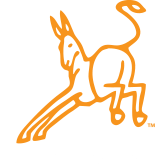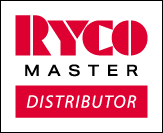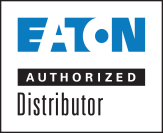How Quick Disconnects Support Hydraulic Hose Safety And Beyond
Hydraulic hose safety is a major focus in any industrial setting. To address safety, there are numerous hose fittings designed to fasten hoses securely and prevent any leaks that could potentially pose a risk to your workers or your environment.
One hose fitting that you may not have considered for your equipment is quick disconnects. But what are quick disconnects, and how do they support hydraulic hose safety? Let’s take a closer look at these fittings to determine if they’re the right fit for your hydraulic hoses.
What Are Quick Disconnects?
Quick disconnects (also known as quick couples, quick disconnect fittings, and other names) are hydraulic hose fittings that streamline connecting or disconnecting fluid lines and the equipment they’re attached to.
Quick disconnects feature a plug and socket design that creates a secure seal to provide the same type of support you’d receive from other fittings. These types of hose fittings can be used for pneumatic and hydraulic applications as well. You will also see these hydraulic hose fittings in industries like agriculture, mining, and construction.
Now that you know what quick disconnects are, what type of benefits do they offer? How do they support hydraulic hose safety?
The Benefits Of Using Quick Disconnects
There are several benefits to using quick disconnects for your hydraulic hoses and equipment. Here are some of the most notable.
Fewer Leaks: Hydraulic hose safety is something that’s always on your mind. Fortunately, with quick disconnects, you can rest assured that the airtight seal on these fittings prevents leaks and protects your workers and the environment.
Easy Assembly And Disassembly: Other hydraulic hose fittings that require tools can take much longer to attach and detach, increasing the risk of leaks. Fortunately, quick disconnects require zero tools, allowing you to make necessary changes whenever you need to.
Multiple Types To Choose From: There are multiple types of quick disconnects to choose from. Whether you’re looking for a specific material (e.g., PVC, steel, brass) or a specific type of attachment (e.g., non-latching, ball-latching, single shut-off), there are a host of quick disconnects that will allow you to get the job done safely and easily.
Rapid Use: When you need to make a quick repair to your machinery, time is of the essence. Quick disconnects speed things along, giving you the speedy configurations you need to effectively manage changes to your industrial equipment.
If you don’t currently have quick disconnects on your hydraulic hoses, the reasons above might serve as excellent incentives to make the switch.
Get The Hydraulic Hose Fittings And Support You Need At Action Supply
Ready to outfit your hydraulic hoses with quick disconnects and improve hydraulic hose safety and operation? Action Supply is here to help! We’ve been providing the best industrial hoses and hydraulic fitting solutions for companies like yours for over 40 years.
Contact us today to learn how we can support your hydraulic hose needs or other industrial equipment needs.





